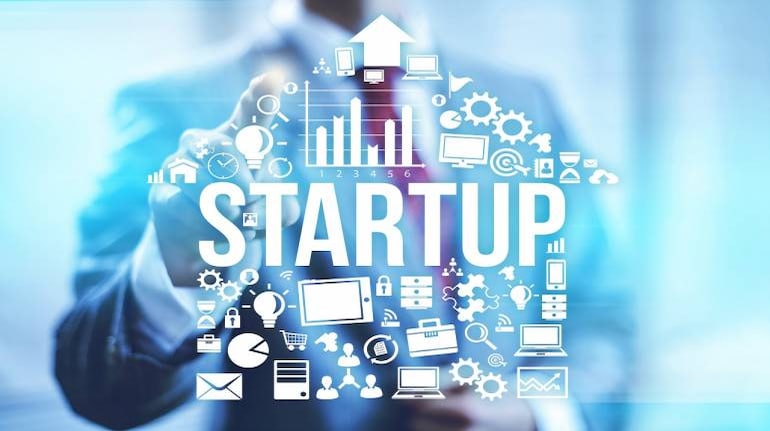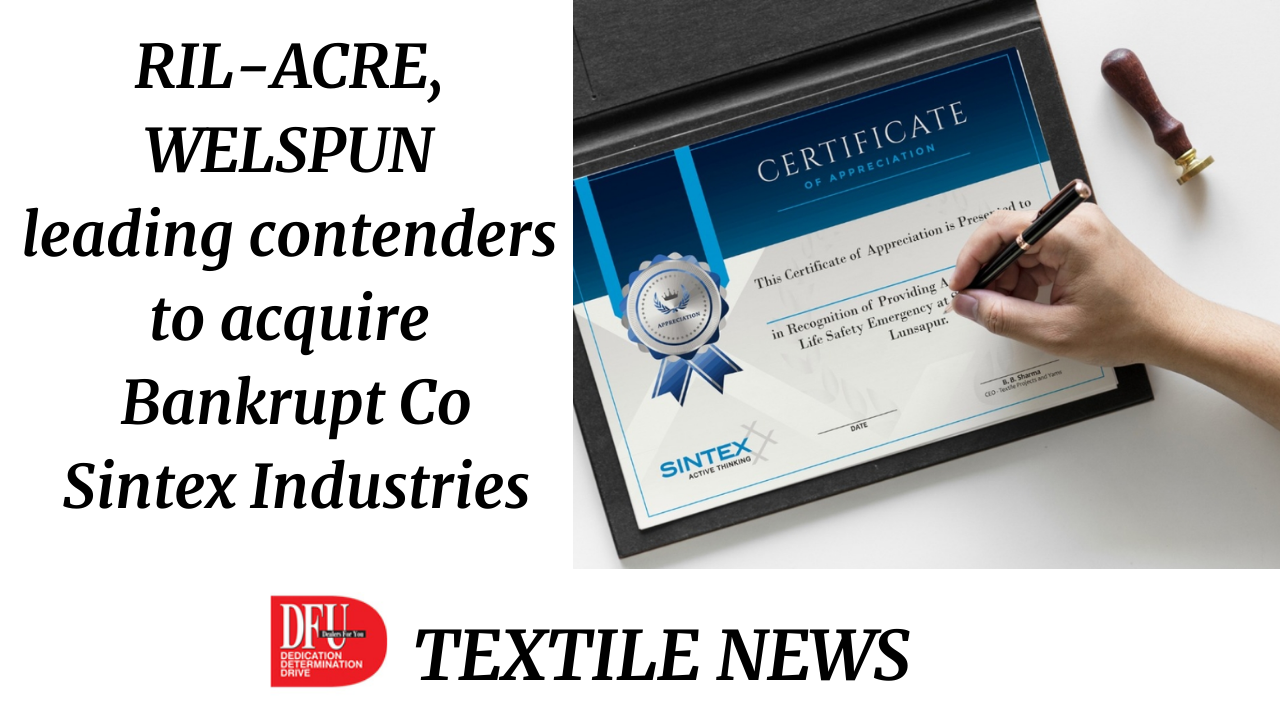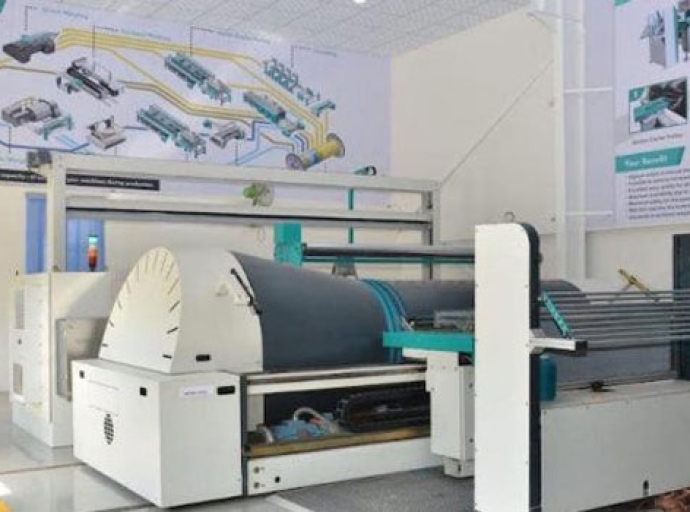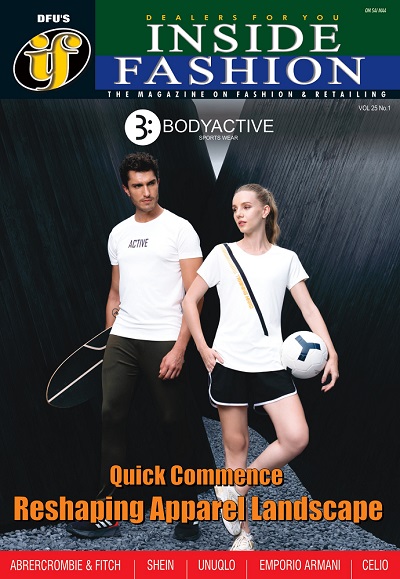18 January 2022, Mumbai:
SVP Global Ventures Ltd., a renowned compact cotton yarn producer situated in Mumbai, has changed its name to SVP Global Textiles Ltd. Because the firm primarily manufactures cotton yarn, it was thought necessary to include textile in the name.
SVP Group, founded in 1898 by Shri Vallabh Pittie, manufactures polyester, polyester & cotton mix, and 100% cotton yarn at three state-of-the-art manufacturing facilities in Jhalawar (Rajasthan), Ramnad (Coimbatore), and Sohar (Rajasthan) (Oman).

The firm has a 125-year history in the textile industry with a goal of being the world's leading fully integrated textile company, producing yarn, fabric, and clothing.
"The change of name will provide the firm with a distinct identity of a top textile producer as we are also entering into the whole value chain of textiles," said Chirag Pittie, the company's director. He also predicted that the company's recent development in Oman and entry into technical textiles would result in a 25 to 30% boost in sales. In H2FY22, the Oman Plant is projected to reach full capacity.
In H2FY22, the Oman Plant is projected to reach full capacity. The move into technical textiles is planned to complement the Group's main business, and the factory is expected to open in 12 to 15 months.
The business is also spending roughly Rs. 100 crore in Jhalawar, Rajasthan, to build a 4,375 MT per annum green-field plant for technical textiles, as well as protective uniforms and functional clothing. "Company has generated consistent sales growth Y-o-Y and Q-o-Q with a strong PAT margin of over 10%," stated Major General OP Gulia (Retd.) of the Group.
EBITDA margin has consistently risen, from 6.1 percent in FY2017 to 23 percent in Q2FY22. The Group is now prepared to enter the whole textile value chain. The company's order book presently stands at Rs. 5,000 crore, which is enough to cover income for the next 2-3 years."
Stay Updated.
Follow us on Linkedin & Youtube.

_thumbnail.jpg)
_thumbnail.jpeg)


_thumbnail.jpeg)

_thumbnail.jpg)
_thumbnail.jpeg)

_thumbnail.jpg)

_thumbnail.jpg)
_thumbnail.jpg)

_thumbnail.jpg)




_thumbnail.jpeg)

_thumbnail.jpeg)

_thumbnail.jpeg)

























